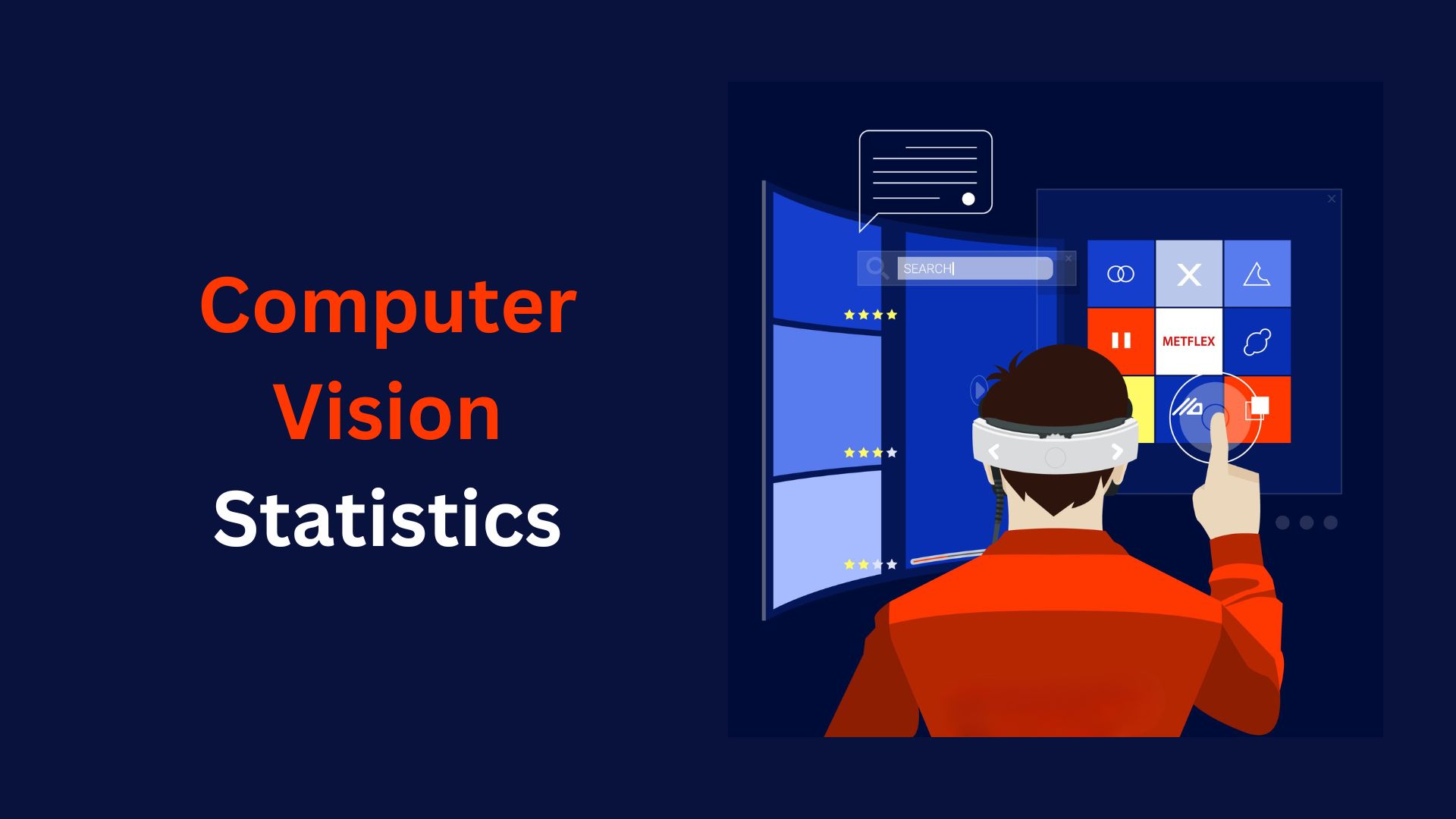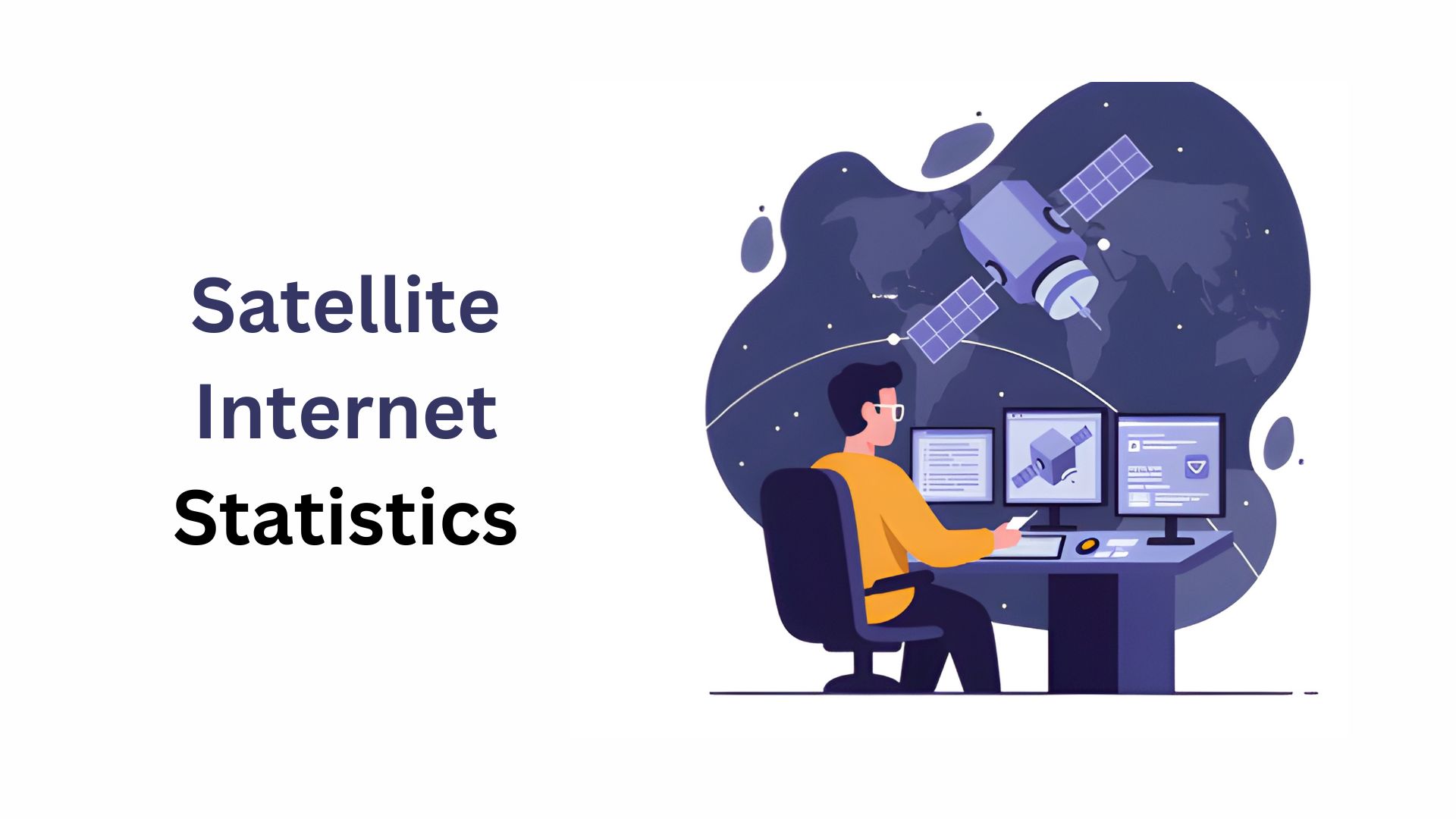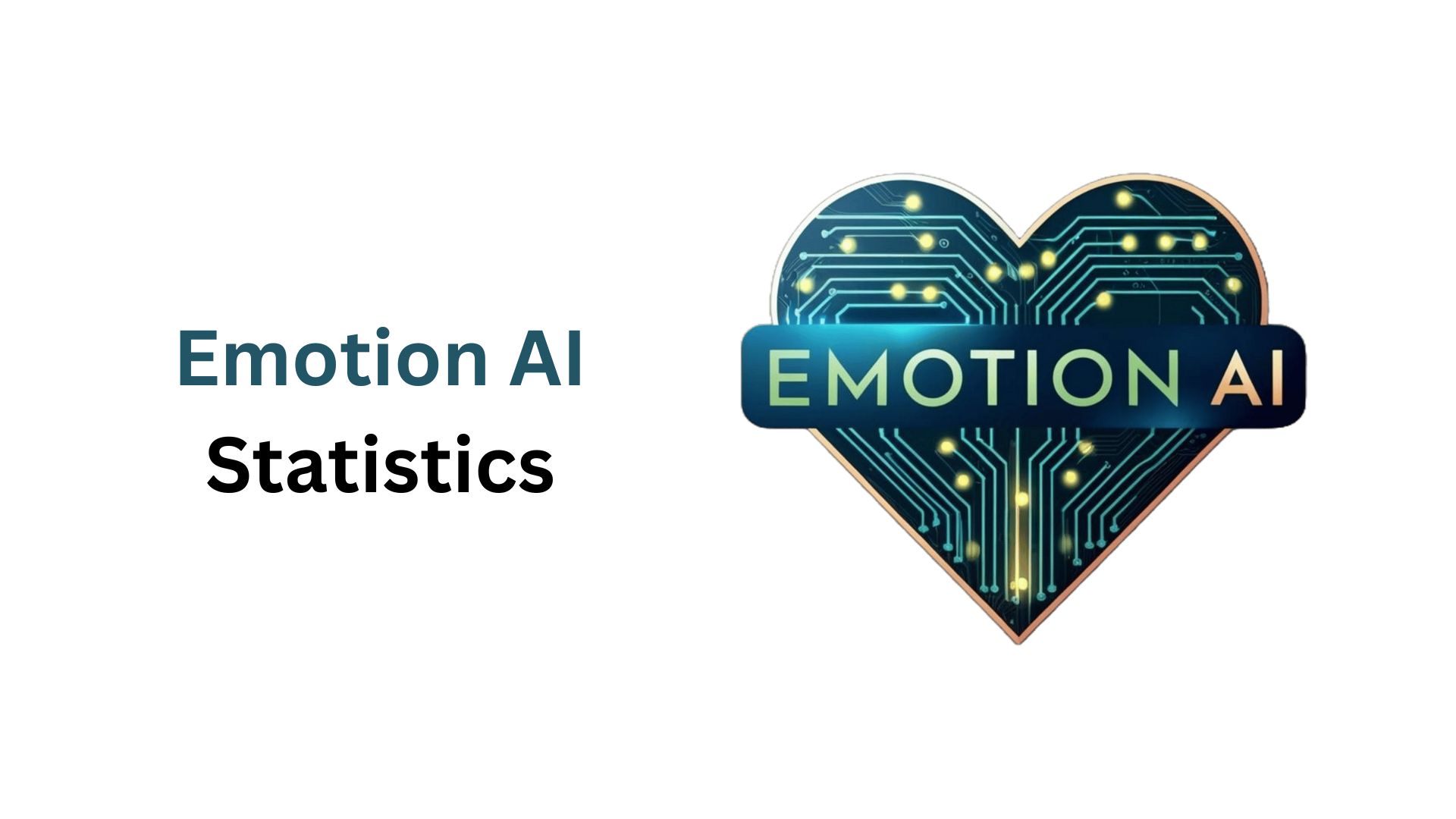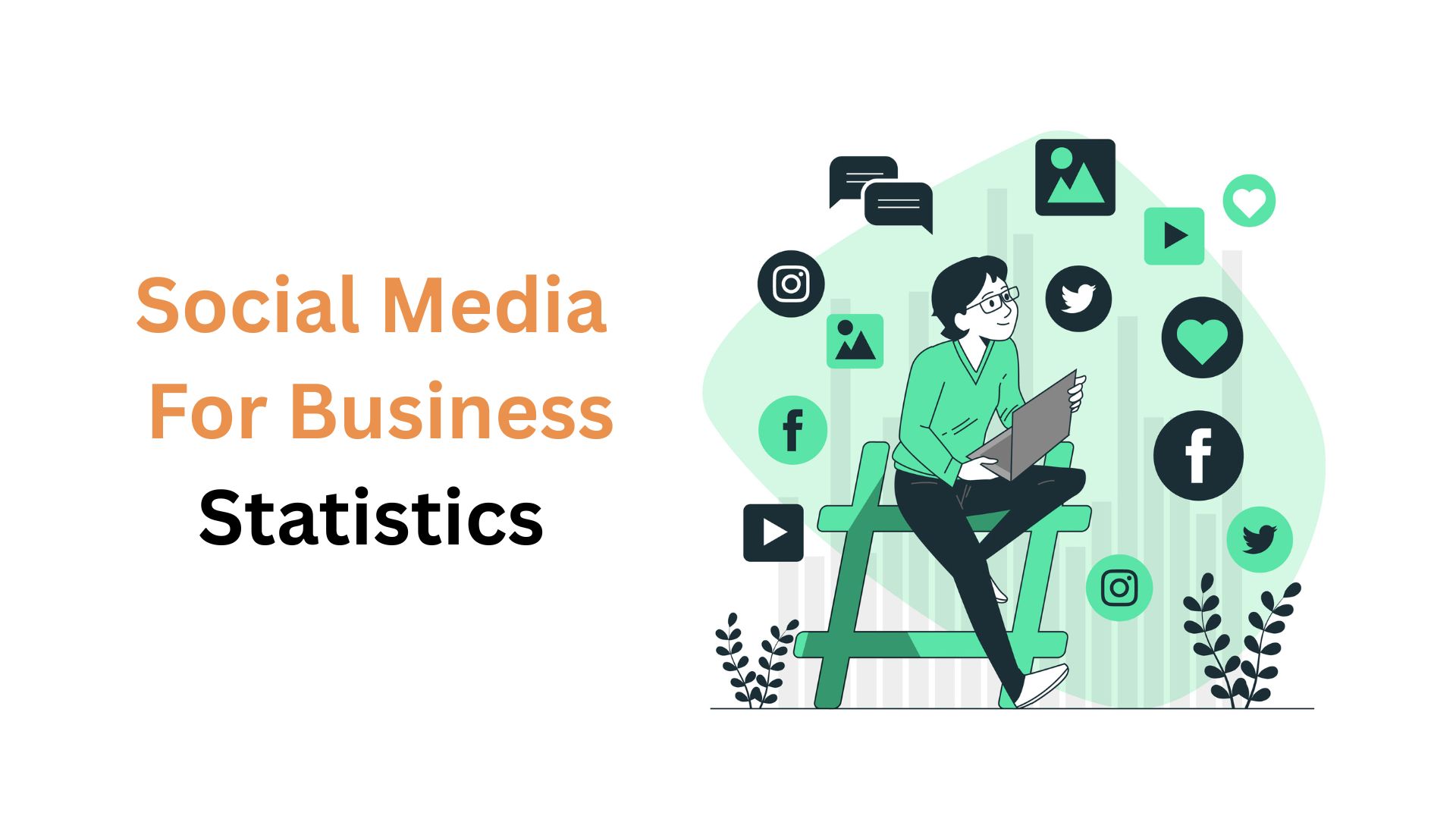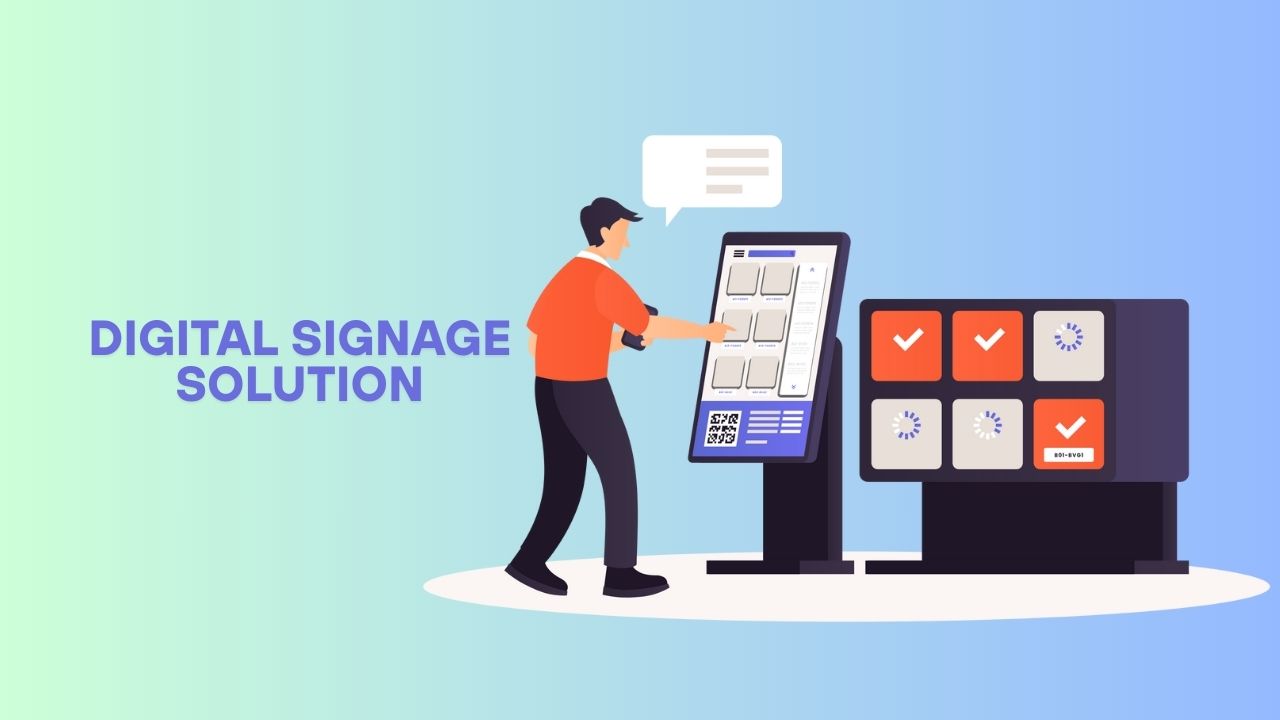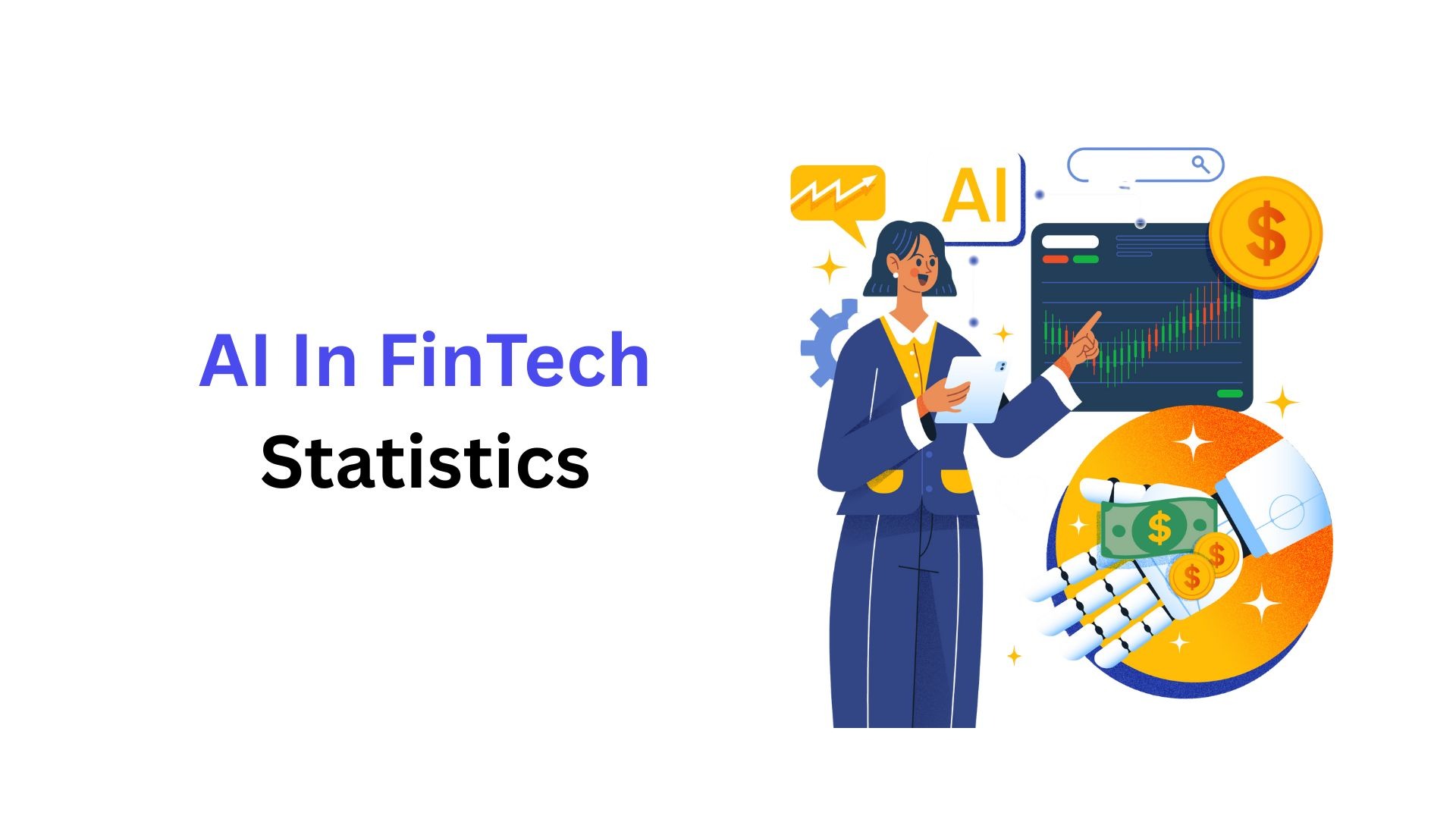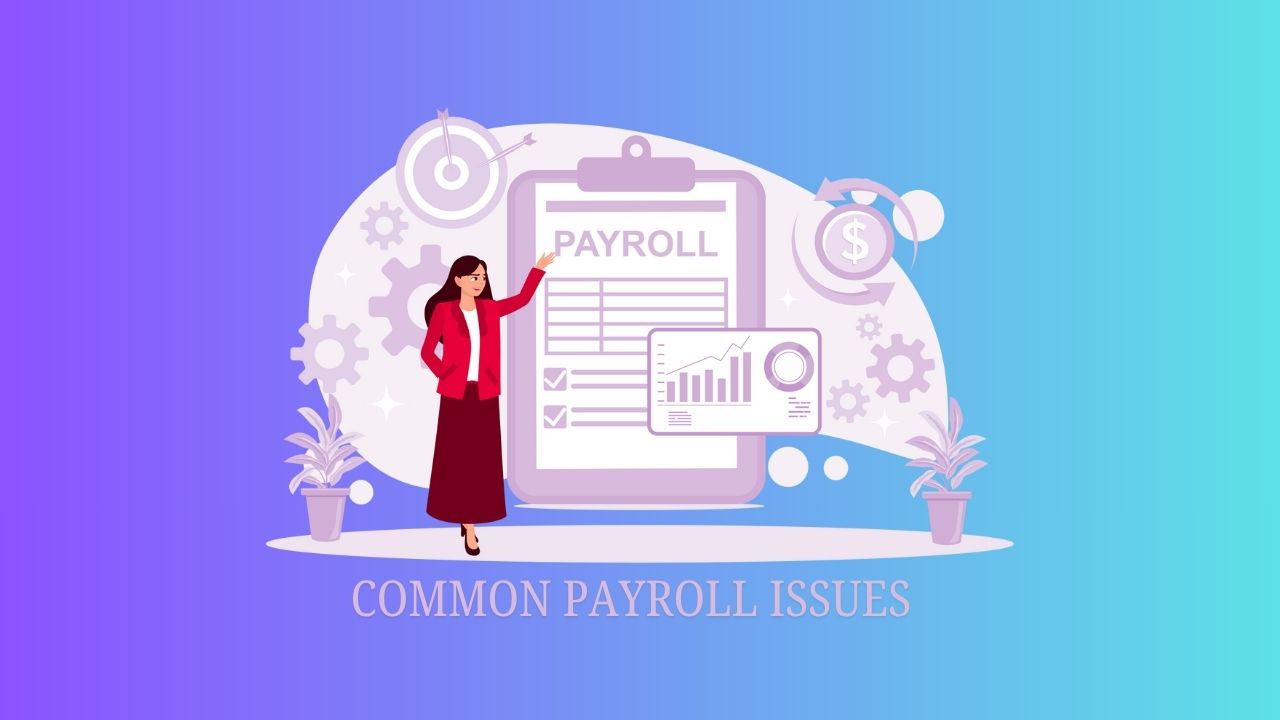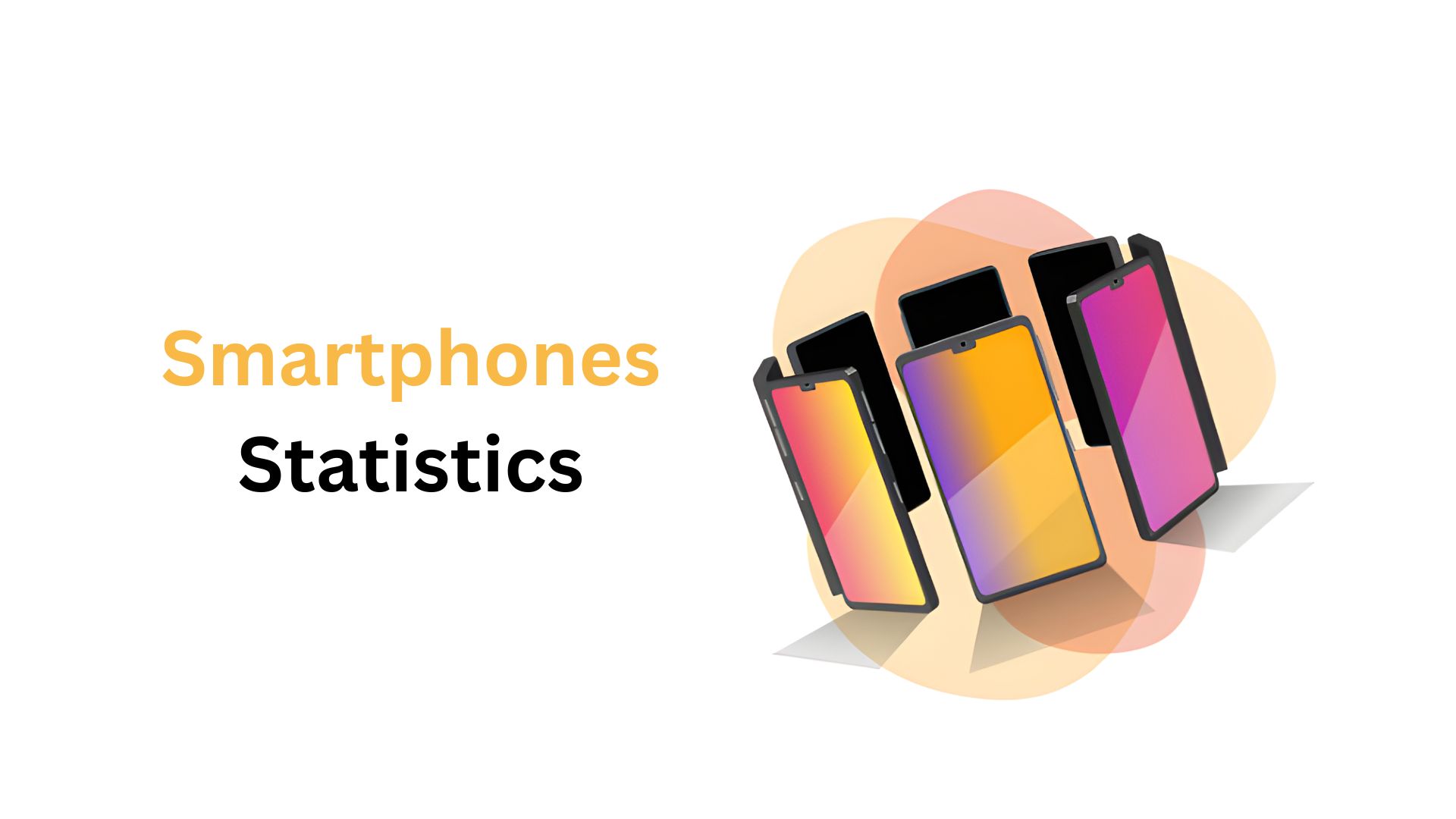Why You Can’t Measure Remote Performance Like Office Work
Updated · Nov 03, 2025
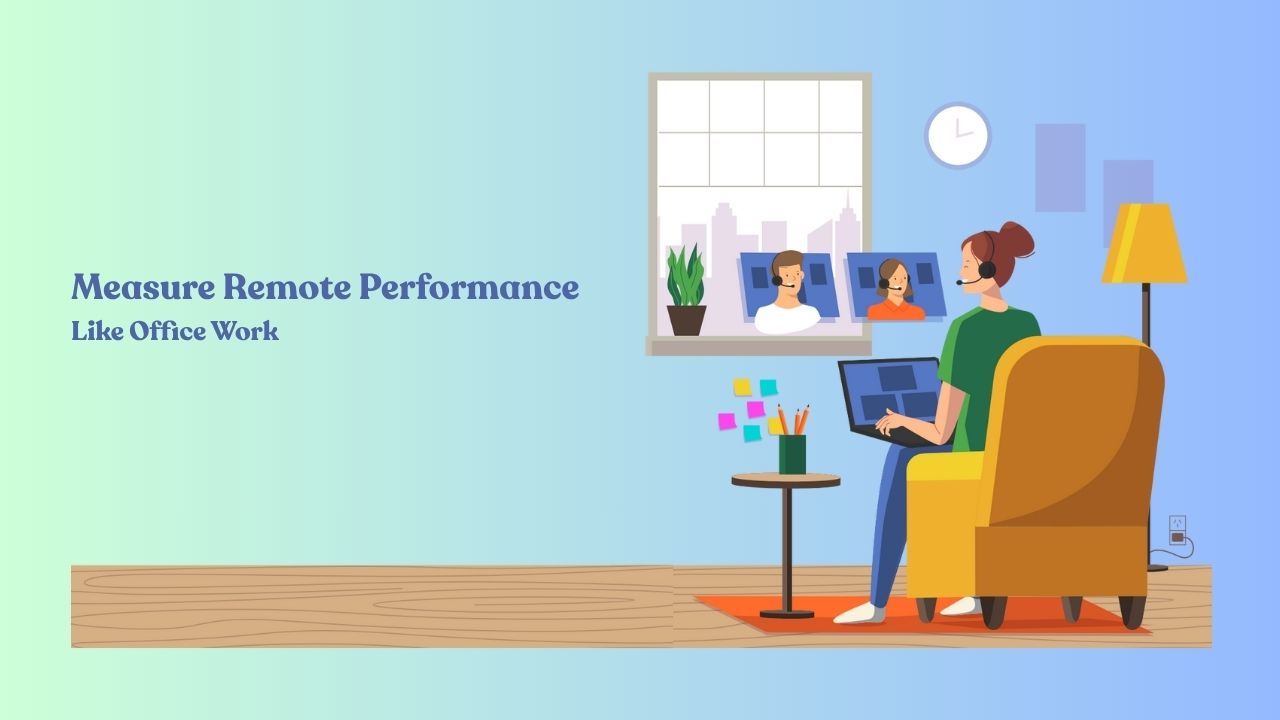
In an office, performance feels visible. You can hear focus, sense urgency, and read progress from the rhythm of the room. Remote work erases that. What’s left are dashboards, chat timestamps, and attendance signals pretending to show productivity. That’s why so many teams fall into the trap of measuring effort by visibility instead of value.
This article explores how to replace those office-era habits with smarter ways to read, coach, and balance performance in remote teams. Screen monitoring software helps you see how work really unfolds without losing trust or control.
The Office Metrics That Don’t Translate Remotely
When visibility fades, assumptions fill the gap. Remote and hybrid setups turn once-obvious signals into silent friction that stalls progress and burns energy.
Here are the most common ways those office-born metrics fall short:
- Activity Doesn’t Equal Results: Constant motion often hides a lack of real output.
- Effort Without Visibility: You lose the story behind every slowdown.
- Unbalanced Loads: Some team members quietly take on more because the task flow isn’t tracked.
- Misused Visibility: Data gets used to control instead of guide, breaking trust fast.
How to Measure Remote Performance With Real Insight
To manage remote work effectively, you need to move from surface-level visibility to specific, actionable insight.
Here’s how to translate visibility into progress that actually matters:
1. Redefine What Productive Looks Like
Performance starts with clarity. Remote and hybrid teams need a shared definition of productivity that values outcomes over effort. Productivity should reflect the real impact of work, not how visible or time-consuming it looks.
Tracking hours alone rewards motion, not movement. That mistake builds quiet burnout while convincing everyone they’re being productive.
Analyze workflow data for patterns that tie focus time to tangible progress. Bring those insights into daily discussions so productivity means something visible, fair, and grounded in results everyone can see, and not just activity that fills the day.
How can employee screen monitoring software help redefine productivity?
Employee screen monitoring software connects effort to output, turning data into clear evidence of progress. A teammate might be constantly active in chat and tools all day but missing deadlines, which could lead you to help them block focus hours and measure progress by finished tasks, not screen time.
2. Match Output With Context
Remote performance data only shows what happened, not why. The real insight comes when you connect results to the conditions behind them. Matching output with context lets you see whether dips point to disengagement or simply obstacles that need clearing.
When context is missing, numbers become noise. A slowdown gets mistaken for poor performance, and the wrong fixes follow. Over time, that erodes trust and keeps the same problems looping through every review cycle.
Review performance data alongside behavior patterns to understand what shaped the outcome. Compare high-output days with communication volume or meeting loads to see what helped or hurt focus. When you connect those dots, performance data stops being a report card and starts becoming guidance.
How can computer screen monitoring software help match output with context?
Computer screen monitoring software connects results to the conditions behind them, revealing what truly drives or drags performance. A teammate’s completed tasks might drop after days packed with back-to-back calls, showing that the issue isn’t motivation but lost focus time. This could prompt you to adjust meeting loads instead of misreading effort.
3. Distribute Workload Fairly, Not Just Evenly
Fair workload isn’t about equal tasks but balanced effort. Remote distance hides who’s over capacity and who’s coasting. Seeing those gaps early keeps the team steady and prevents burnout before it starts.
SHRM reports that about 45% of burned-out employees are already searching for their next job.
When one teammate quietly carries more, morale drops, and small mistakes multiply. Balance isn’t about giving everyone the same. It’s about matching effort to capacity so no one becomes the quiet bottleneck.
Use time and task visibility to redistribute effort early. A fair workload keeps output steady without exhausting the few who hold everything together.
How can a screen monitoring app support workload balance?
Screen monitoring app shows how much time each teammate spends on focused work versus fragmented multitasking. You might notice one teammate is constantly active but spread across too many tools, while another stays steady in deep work. That insight could lead you to shift tasks and support the overloaded teammate before performance drops.
4. Use Visibility to Coach, Not Control
Visibility should build capability, not fear. Remote and hybrid work thrives when data starts conversations instead of closing them. Use what you see to teach, guide, and align, and not to enforce.
When data becomes a tool for control, initiative disappears. People stop experimenting and start hiding, and your visibility becomes noise instead of help.
Share data openly during coaching sessions. Highlight progress and gaps side by side. When teams see visibility as support, they own their improvement instead of defending their performance. That shift builds accountability that lasts longer than supervision ever could.
How can employee monitoring software support coaching?
Insightful’s employee monitoring software highlights work patterns that help you coach, not correct. You might see a teammate logging longer hours but showing more context switching than progress, which could lead you to guide them on focus habits instead of workload.
5. Understand Remote Performance Better With Smart Tools
Visibility should create confidence, not anxiety. A monitoring tool makes that shift possible by translating digital activity into meaningful insight.
Here’s how it helps you turn visibility into confident, well-informed action:
- Productivity Insights: Connect effort to output so progress is measured by results, not screen time.
- Context Analytics: Pair numbers with real context to understand what’s driving performance, not just showing it.
- Workload Balance View: Highlight uneven effort across the team so tasks can be redistributed before burnout builds.
- Coaching Dashboards: Turn performance data into shared conversations that guide improvement, not control.
Conclusion
When you stop measuring remote performance like office work, the data finally starts working for you. A monitoring tool turns visibility into understanding by showing effort, flow, and focus as one complete story. That’s how remote and hybrid work stops being invisible and starts performing at its best.

Tajammul Pangarkar is the co-founder of a PR firm and the Chief Technology Officer at Prudour Research Firm. With a Bachelor of Engineering in Information Technology from Shivaji University, Tajammul brings over ten years of expertise in digital marketing to his roles. He excels at gathering and analyzing data, producing detailed statistics on various trending topics that help shape industry perspectives. Tajammul's deep-seated experience in mobile technology and industry research often shines through in his insightful analyses. He is keen on decoding tech trends, examining mobile applications, and enhancing general tech awareness. His writings frequently appear in numerous industry-specific magazines and forums, where he shares his knowledge and insights. When he's not immersed in technology, Tajammul enjoys playing table tennis. This hobby provides him with a refreshing break and allows him to engage in something he loves outside of his professional life. Whether he's analyzing data or serving a fast ball, Tajammul demonstrates dedication and passion in every endeavor.

